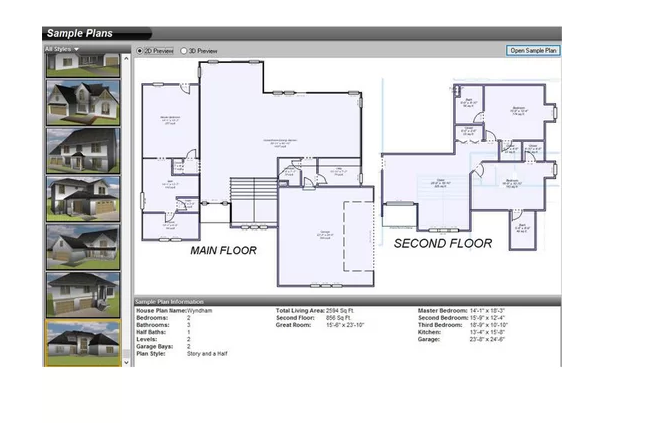

"Just as in astronomy when a new telescope like Hubble opens a new window on the universe, PUNCH's four satellites are going to visualize a mysterious process, imaging how the solar corona transitions into the solar wind," said Dr. These four instruments work together to form a field of view large enough to capture a quarter of the sky, centered on the Sun. The other three each carry SwRI-developed WFI wide-angle cameras, optimized to image the solar wind. One satellite carries a coronagraph, the Narrow Field Imager, that images the Sun's corona continuously.

PUNCH is a constellation of four small suitcase-sized satellites scheduled to launch in 2023 into a polar orbit formation. Its boundary, where the interstellar medium and solar wind pressures balance, ends the sphere of the Sun's influence. The solar wind, a supersonic stream of charged particles emitted by the Sun, fills the heliosphere, the bubble-like region of space encompassing our solar system. "PUNCH has had to conduct the entire preliminary design remotely-this is possibly an unprecedented accomplishment for a NASA mission and a testament to the strength and resiliency of the PUNCH team."


SwRI's Ronnie Killough, PUNCH project manager, elaborated on the challenges overcome. "In this challenging year, I'm so proud of this team for acing this important design cycle review, from refining the spacecraft design to actually building an engineering model of the Wide-Field Imager (WFI) instrument and other technology we need to image the solar wind as it leaves the outermost reaches of the Sun's corona." Craig DeForest of SwRI's Space Science and Engineering Division. "Passing PDR gets us one step closer to launch, verifying the design options, interfaces and verification methods for the mission," said PUNCH Principal Investigator Dr.


 0 kommentar(er)
0 kommentar(er)
